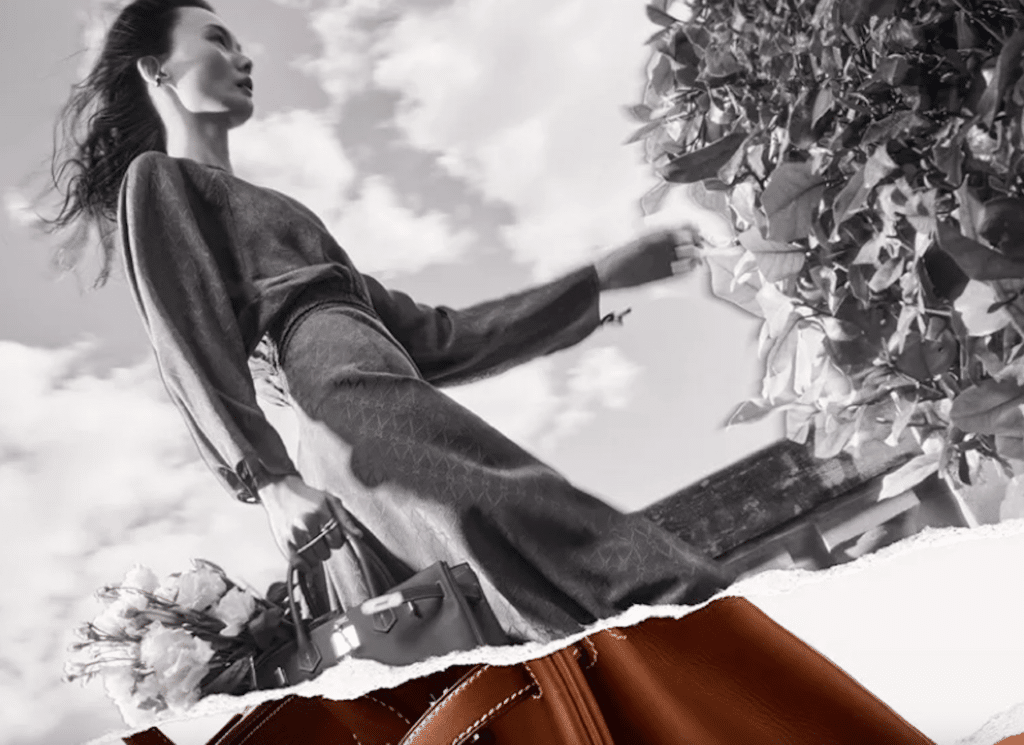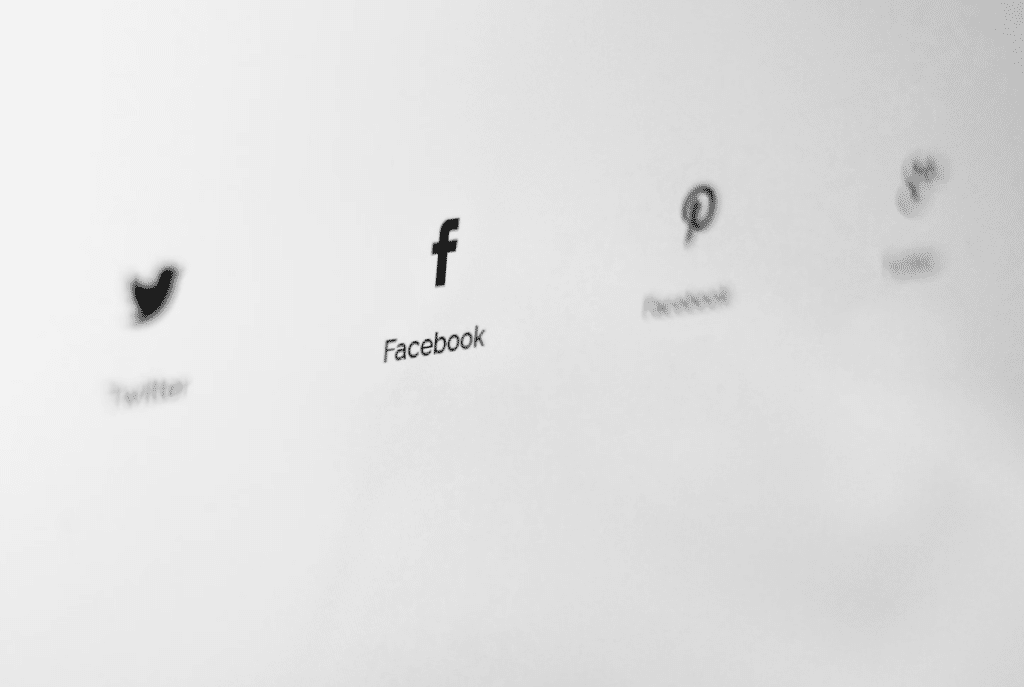More than 180 years after the first large-scale outdoor advertisements made their debut in New York City in 1835, billboards are proving a particularly popular tool for advertisers, an interesting development at a time when non-traditional mediums, such as native advertising and social media influencers reign supreme. 1 in 4 Americans has posted an image of an outdoor ad on Instagram, according to a 2017 study from market research firm Nielsen. “That is higher than almost any other advertising traditional media – TV, radio, print, or digital banner ad,” Fast Co. added.
Billboards have remained a steady tactic for advertising since their early days, whether they are promoting Ringling Brothers circuses, as some of the very first ones did in the 1830’s, or selling underwear and denim, as so many of the prominently-placed Calvin Klein billboards aim to do. However, a new spike in attention to – and more importantly, interaction with – this form of advertising has marketers doubling down on the merits of this otherwise “old news” form of communication.
With the “influence that Instagram is having on both the placement and creative strategy of advertising,” Fast Co. notes, brands are working overtime to create campaigns that transcend a single platform. “Social media’s meteoric rise [has brought about] the opportunity to use outdoor space to attract not only eyeballs but active engagement,” the publication’s Jeff Beer wrote late last year. And industry participants agree.
Spotify’s global executive creative director Alex Bodman told the publication, “For us, [outdoor advertising] has become a social channel, and we trust that if the creative is compelling enough, people will do the work of amplification for us.” Cossette Media’s chief strategy officer Wes Wolch echoed this, saying, “When you consider the Instagram factor, outdoor campaigns become less about creating ads and more about creating culture.” The key, he says, “is to consider content and context – moving beyond the idea of [simply] filling a blank rectangle on a building.”
Fashion brands, of course, want in. Gucci, for instance, made headlines when it unveiled its “Art Wall” project in 2017, an inherently Instagram-friendly move that first saw the Italian design house adorn the sides of buildings in New York and Milan with large-scale murals to promote its Bloom fragrance. The one-off project has since spawned a rotating roster of artists and murals in the American and Italian cities, but also in Hong Kong, London, and Shanghai.
Meanwhile, down the street from Gucci’s highly-photographed mural in New York’s Soho is an ever-changing large-than-life ad courtesy of Saint Laurent. Situated above the old school-looking “Corner Deli” – which is just a front for a subterranean taqueria called La Esquina – is a similarly photo-op-worthy advertising effort.
Still yet, not all that long ago, Burberry embarked on a global tour de force with its new Riccardo Tisci x Peter Saville-created monogram, covering the facades of cable cars in Hong Kong, giant teddy bears in Shanghai, beach umbrellas in New York, and some of its flagship stores, including one in Seoul, and Louis Vuitton unveiled a 12-storey high mural on the side of the building that houses its 57th Street brick and mortar store in New York in promotion of menswear director Virgil Abloh’s Spring/Summer 2019 collection.
In an age when consumers are glued to social media, when millennials and Gen-Z-ers, in particular, are desperately seeking to avoid being advertised to in any direct or traditional capacities, and when brands are actively sourcing their content from real-live-fans, the draw of the billboard-as-Instagrammable-content is king.











